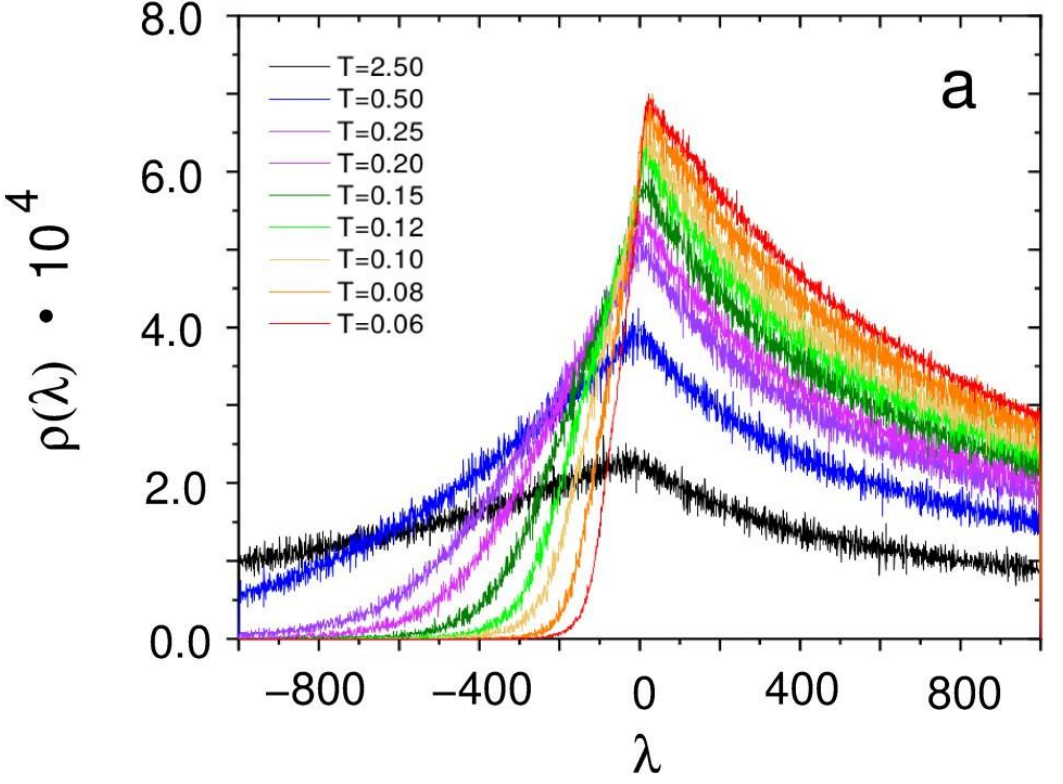
Title: Heterogenous dynamics in glasses and liquids
Speaker: Walter Schirmacher (U. Mainz and IIT, Rome)
Abstract:
The dynamical properties of glasses and liquids, as represented by their vibrational and relaxational spectra, are treated theoretically in terms of heterogeneous elasticity, i.e. a model elastic medium, which exhibits spatially fluctuating local elastic constants. Such spatial fluctuations are known to be present in simulations of glasses as well as from scanning indentation studies of glassy materials. Using field-theoretical techniques the model can be solved for the averaged Green’s functions, from which the vibrational spectrum and related quantities like the Raman spectrum or the temperature dependent specific heat can be calculated. Dependent on the strength of the fluctuations two versions of heterogeneous-elasticity theory (HET) have been developed, the self-consistent Born approximation (SCBA) for weak fluctuations and the coherent-poential approximations for arbitrarily strong fluctuations (CPA). Using both versions of HET, the anomalous spectral features of glasses in the THz range, like an anomalous enhancement of the spectrum with respect to a Debye spectrum (boson peak) and a strong Rayleigh-like increaseof the sound attenuation below the boson peak are explained as the result of the spatially fluctuating shear elastic constants. The disorder-induced spectral anomalies, fitted with HET-CPA may serve to establish a classification of glassy materials, as demonstrated recently with not less than 50 very different glasses.
HET has been generalized for heterogeneous visco-elasticity, which gives a satisfactory explanation of beta relaxation in liquids. Recently the instantaneous normal mode spectrum of liquids has been shown to be describable in terms of HET, assuming thermal spatial fluctuations of the shear modulus, including negative values. In the above picture such a spectrum, resulting from a molecular dynamics simulation, is shown, which agrees nicely with the predictions of HET.
Further details will be sent to the CSM mailing list.